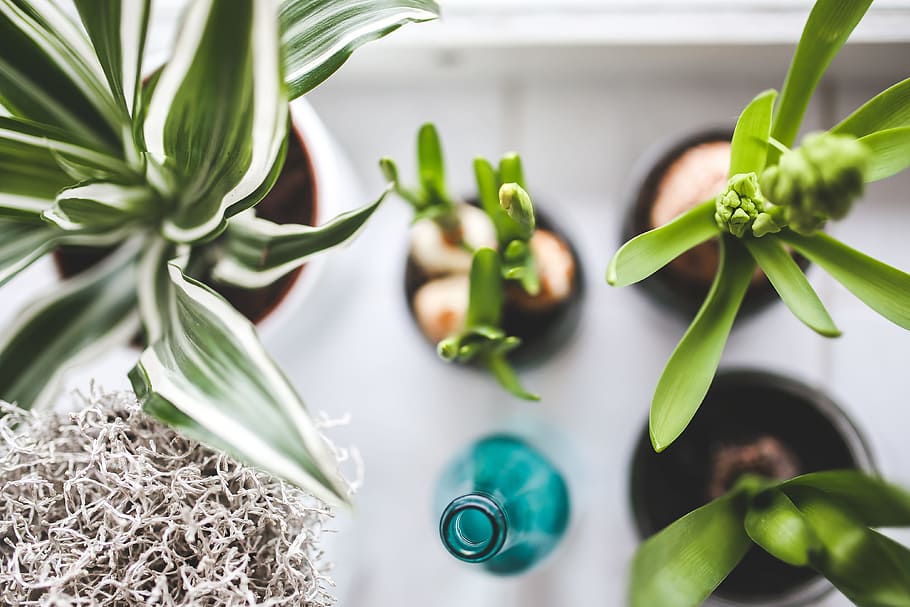Growing Basil In Pots
Growing Basil in pots can be a great and rewarding way to add a bit of flavor and variety to your meals. Pot-grown basil is easy and convenient, as it can be brought inside for winter and is able to thrive in an otherwise hostile climate. Growing Basil in pots is also extremely cost-effective, with a few simple steps you can easily grow and reap the rewards of your own homegrown Basil.
Pot Size and Drainage
When it comes to pot size, it’s best to use a pot that’s around 12-18 inches deep and 12-18 inches wide. Depending on the size of the pot, you may need to use a saucer or other container to help with drainage. When making sure your pot has proper drainage, it’s also important to make sure the soil has ample drainage holes as this will help prevent waterlogging, which can cause root rot.
Soil and Fertilizer
When it comes to Basil, the type of soil you use is especially important. You want to make sure that you use potting soil for Basil, as it helps retain moisture and has the ideal balance of nutrients for Basil to thrive. As for fertilizer, a basic, all-purpose fertilizer will do the trick just fine. Just make sure to follow the directions carefully, as too much fertilizer can be damaging to your plants.
Watering and Light
Basil is a relatively easy plant to care for, and when it comes to watering it’s important to do so regularly and giving it plenty of water. It’s best to keep the soil moist, but not soaking wet. As for light, Basil should be placed in a place that gets plenty of light, but not direct sunlight as this can burn the leaves. A windowsill or balcony is often ideal.
Pruning and Harvesting
When it comes to pruning your Basil, it’s best to avoid pruning too much or too often, as this can cause stress to the plant. Trimming the top leaves and removing any flowering stems will encourage side branching, which will result in a fuller, bushier plant. Harvesting can be done by snipping just above a leaf node, this will help encourage new growth and ensure that your Basil continues to produce plenty of leaves.
Troubleshooting
If you’re having trouble with your Basil and it’s not looking or growing as it should, there are a few things you can do. Make sure it has proper drainage, plenty of light, and enough water. If there are any signs of pests such as aphids, it’s best to treat them immediately using an organic pesticide. Too much fertilizer can also cause stunted growth, so make sure to stick to the recommended dosage.
Conclusion
Growing Basil in pots is an easy and rewarding way to add some flavor to your meals and save yourself some money. With a few simple steps and regular maintenance, you can have your own supply of fresh Basil in a matter of weeks. Follow the steps above and start enjoying the rewards of homegrown Basil today!



